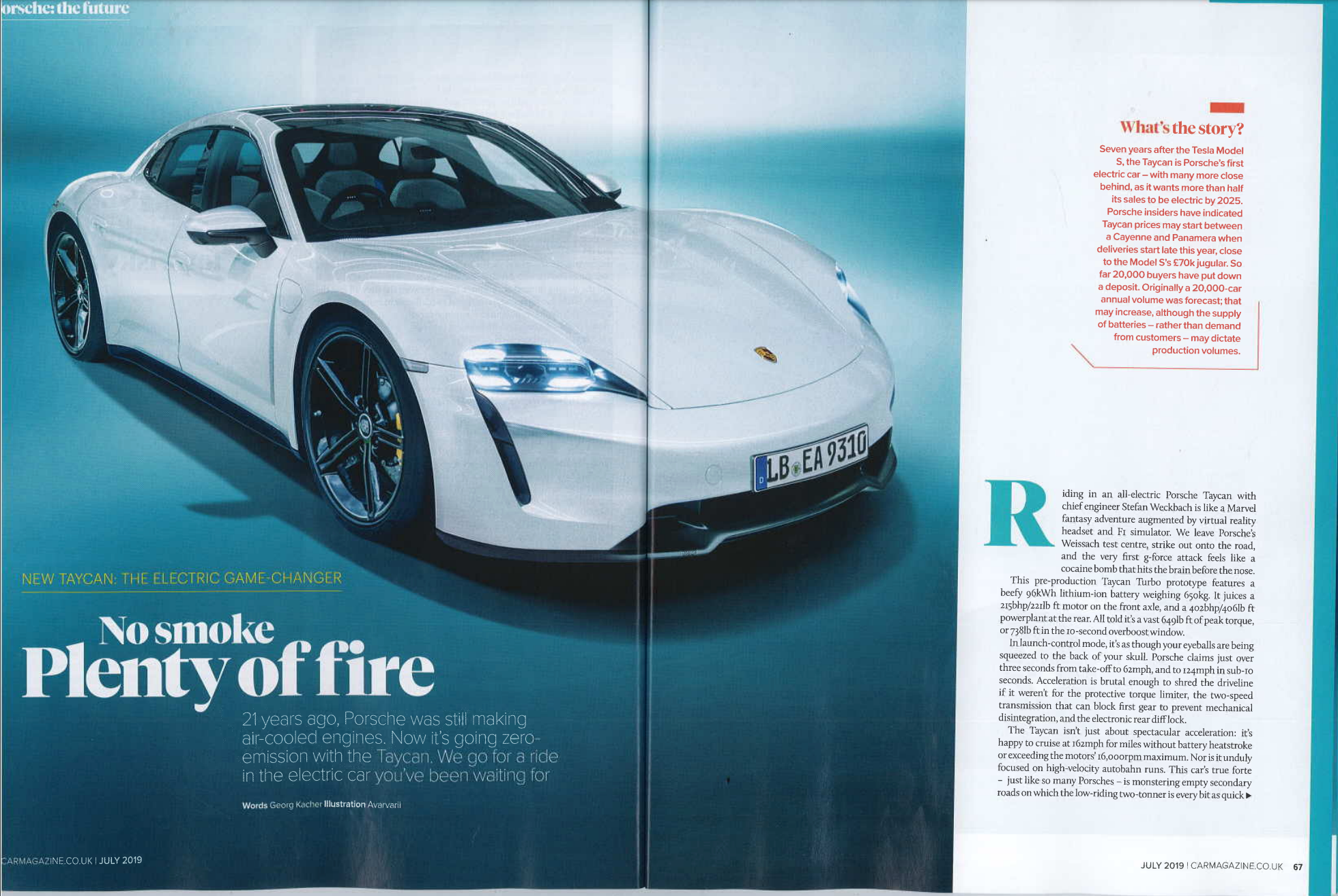BTW., Consumer Reports (surprise) writes a gushing recommendation for the eTron:
In the eTron recommendation CR 'failed' to hold against Audi a number of things they listed as a concern for the Model 3: production issues (which the eTron has currently), range and efficiency (which is subpar for the eTron), nor the fire risk related eTron recall, which I suppose should have been a factor in its 'reliability' and 'safety' score"?
Instead:
"Reviewers from the organization proved impressed with the all-electric SUV, noting that the vehicle “takes charge among new EVs.”"
And the lackluster acceleration of the eTron was spun positively too:
Quite interestingly, the e-tron’s rather leisurely acceleration, which was less aggressive than other electric cars such as the Model 3, was dubbed as “appropriate” considering the SUV’s luxury segment. “Unlike some other EVs we’ve recently tested, the E-Tron doesn’t lunge off from a stop; it has a more leisurely rollout. That’s appropriate for a luxury vehicle… On the plus side, there is no spinning of wheels that we have experienced in some other EVs… Once the E-Tron is moving, drivers get smooth and effortless power on demand, at any speed,” Consumer Reports noted.
Because Consumer Reports reviewers would have been unable to activate "Chill Mode" on a Tesla to simulate an eTron, right?
You cannot make this up - their review reads almost as an Onion article. It's almost as if Consumer Reports was now acting as a marketing and PR arm of Audi.
In other news, Consumer Reports CEO and President Marta L. Tellado:
worked as "Vice President Global Communications,
Ford Foundation, 2004–2014, 10 years,
Greater New York City Area":
While the Ford Foundation has no official ties to the Ford Motor company today anymore, and CR's sympathy towards gascar makers and apparent antipathy towards Tesla might just be a coincidence, but it's a small world, isn't it?

Anyway, all the CR apologists here who argued that CR is simply being tough to Tesla in interest of their subscribers should read the eTron review and compare it to their Tesla coverage ...





